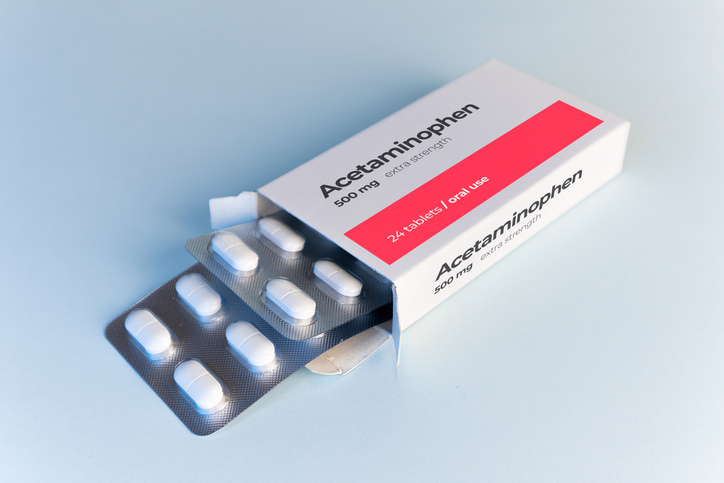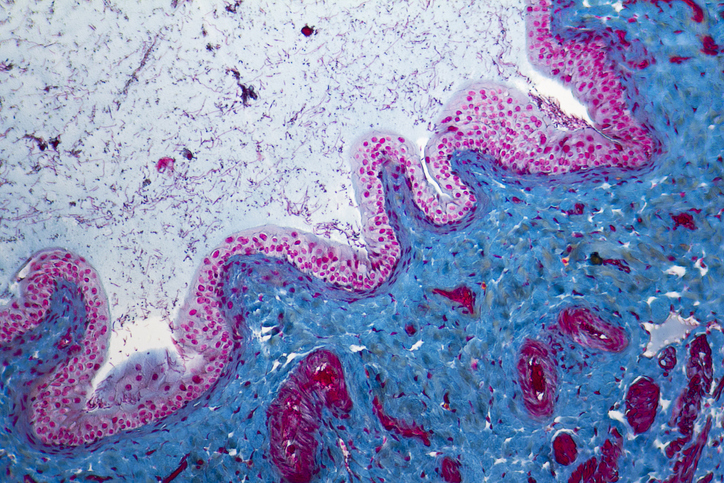
Here are the top stories covered by DocWire News this week in the Rheumatology section. In this edition, read how Taltz comapres to Cosentyx, how a rituximab biosimilar stacks up to its originator, the effects of high-dose vitamin D on bone health, and whether bisphosphonates treatment affects mortality.
The U.S. Food and Drug Administration has expanded the indication of Eli Lilly and Company’s Taltz (ixekizumab) to include active ankylosing spondylitis (AS). The humanized interleukin-17A antagonist initially received approval in 2016 for the treatment of plaque psoriasis, and in 2017 of active psoriatic arthritis (PsA). It now competes with Novartis’ Cosentyx (secukinumab), which is indicated to treat the same three rheumatic diseases. Cosentyx garnered FDA approval in 2015 for the treatment of plaque psoriasis, and picked up the subsequent approvals for AS and PsA in 2016. According to Drugs.com, the cost of Taltz subcutaneous solution (80 mg/mL—the suggested dose) is an estimated $5,613/supply. The cost of Cosentyx subcutaneous solution (150 mg/mL—the suggested dose) comes to about $5,415/supply. Find an additional comparison of the two drugs here.
A new systematic review compared biosimilar rituximab to the originator drug in patients with rheumatoid arthritis (RA) and non-Hodgkin’s lymphoma (NHL). The researchers queried the PubMed, EMBASE, Cochrane Library, and Google Scholar databases for head-to-head randomized controlled trials directly comparing rituximab originator and biosimilar. Efficacy outcomes in both RA and NHL were measured by the response rate. Final analysis included 11 trials encompassing 3,163 patients: 1,744 with RA and 1,419 with NHL. In both cohorts, rituximab biosimilars presented similar efficacy in clinical responses.
Patients taking vitamin D in significant doses may not be doing anything to support their bone mineral density or bone strength, according to the findings of a new randomized clinical trial. The researchers called for future research to determine whether high-dose vitamin D could have harmful effects. They said that their conclusions “do not support a benefit of high-dose vitamin D supplementation for bone health” and added that “further research would be needed to determine whether it is harmful.”
Treatment with bisphosphonates in patients with osteoporosis does not reduce the risk of mortality, according to a new review. Of 2,045 potential trials, the analysis included 38. The data encompassed 101,642 patients: 45,594 placebo patients and 56,048 who received treatment. Six clinical trials evaluated zoledronate treatments (placebo, n = 6,944; treatment, n = 6,926), and 21 were of bisphosphonate treatments (placebo, n = 20,244; treatment, n = 22,623). In all evaluated drug treatments, there was no significant association with overall mortality rate (risk ratio [RR], 0.98; 95% confidence interval [CI], 0.91-1.05; I2 = 0%). Similar outcomes were observed in clinical trials of bisphosphonate treatment (RR, 0.95; 95% CI, 0.86-1.04). There was no correlation between zoledronate treatment and mortality (RR, 0.88; 95% CI, 0.68-1.13), but “evidence existed for heterogeneity of the results (I2 = 48.2%),” the authors noted.







 © 2025 Mashup Media, LLC, a Formedics Property. All Rights Reserved.
© 2025 Mashup Media, LLC, a Formedics Property. All Rights Reserved.